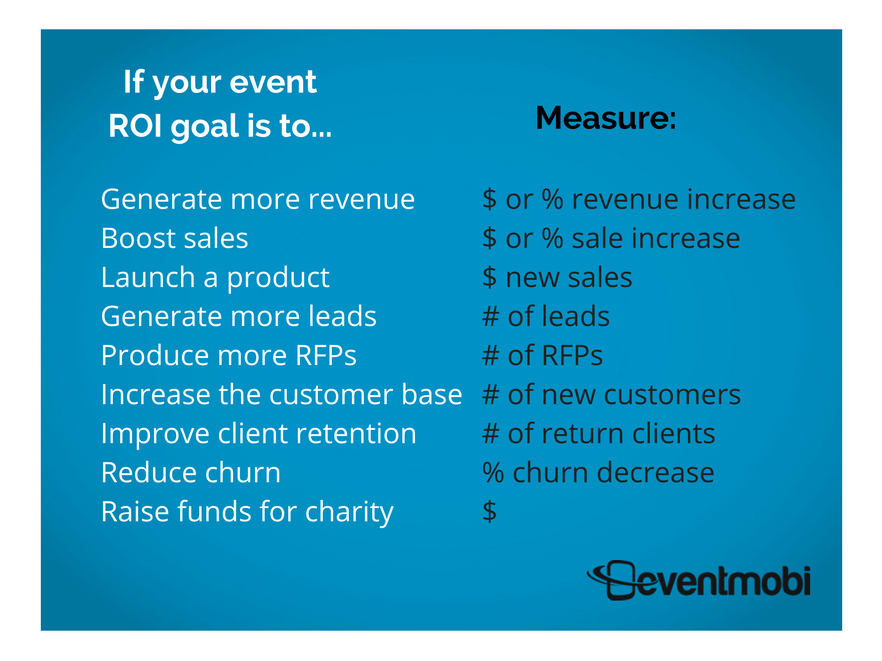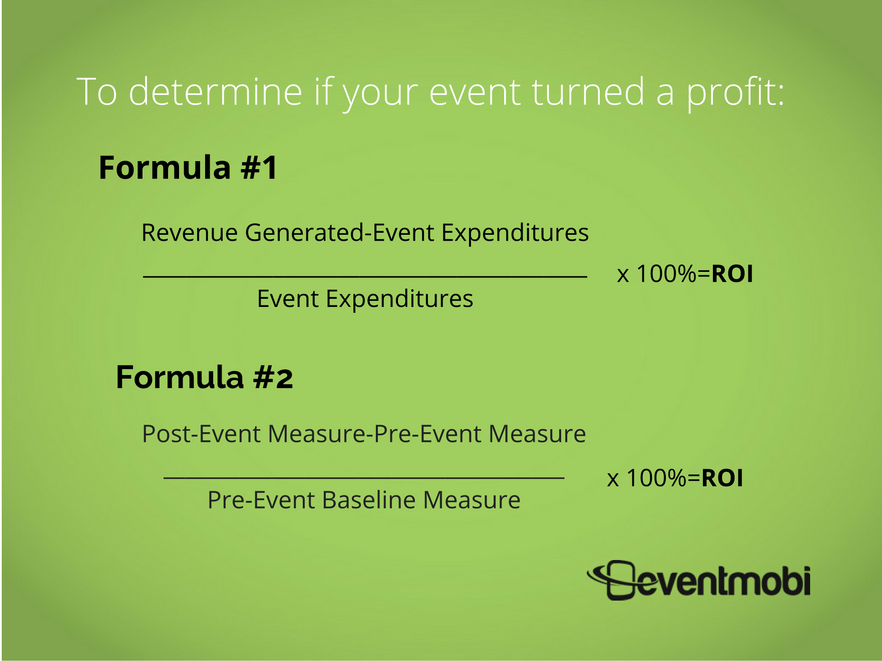The ROI Hole in Corporate Event Planning
To be effective, corporate events must be built on a solid foundation of return on investment (ROI). When event planners fail to capture the true value of meetings and corporate events, event spending is perceived as discretionary. As a result, events are viewed as a “nice to have” instead of a contributor to the bottom line.
As a result, events and meetings are some of the first areas that get cut whenever there is a decline in corporate performance.
The Key Event Design Driver
Unless an event is strictly social, like the company Christmas party or the company picnic, clear objectives and measures that flow from ROI should always be the key drivers of content and design decisions for corporate events.
Unfortunately, many event planners focus on the creative aspects of event design. They never ask about ROI. When event and meeting planners do ask clients about expected ROI, they are usually met with silence. Just post a question about event ROI in social media groups and see how few responses are generated. By contrast, discussions about decor, colors, catering, and certification and generate a flood of responses.
The economic meltdown of 2008 should have been a wake-up call for the industry. The industry should have learned that just doing events for fun dooms the event planners to the treadmill of boom and bust economic cycles. Despite the events of 2008 and their aftermath, ROI continues to be the missing ingredient for so many events. Remember, creative should never be the key driver of event design decisions.
Measuring the business impact of events
Corporate events have a value that extends beyond the immediate event. To fully capture ROI, it is important to pinpoint the goals and objectives for the event and specify and quantify each objective.
Here are some examples of what metrics you should be measuring for specific types of events and event marketing initiatives:
Product Launches:
The aim is to generate as much revenue as possible by making prospective and existing clients aware of the product, right “out of the gate.” If everyone has a great time but no business is generated, the product launch has failed.
- Measures: # of leads and conversions, $ value of sales. Use formula 1 to calculate ROI (below).
Client Appreciation Events & User Conferences:
The goal of client appreciation events and user conferences is to forge a stronger bond with top-tier clients. The aim is to keep them as customers, and boost what they are spending with your organization by increasing adoption of your products and services.
- Measures: Incremental $ value of business generated as a result of engagement through client appreciation events.
Social Media Marketing Event:
Some argue that measures like the number of followers, re-tweets, and size of network are accurate indicators of success. This is a misconception. If the event does not generate revenue, it is an online social event, not social media marketing. For example, if a series of Twitter chats doesn’t generate any leads or the conversion rate it 0%, the event ROI is zero. Read more on the ROI of Social Media.
Measures: # of leads, $ value of business generated
Time is money. Calculate how much time and money your organization is investing in social media. To do this, have employees track their time and calculate the value of this time based on their hourly rate. Add the $ value of any paid social media initiatives.
How to Calculate Event ROI
What’s Next?
- What makes a marketing event successful? Read this post for a checklist of our Corporate Design Essentials.
- Thinking about redesigning your sponsorship model to include event technology? Download our template.


